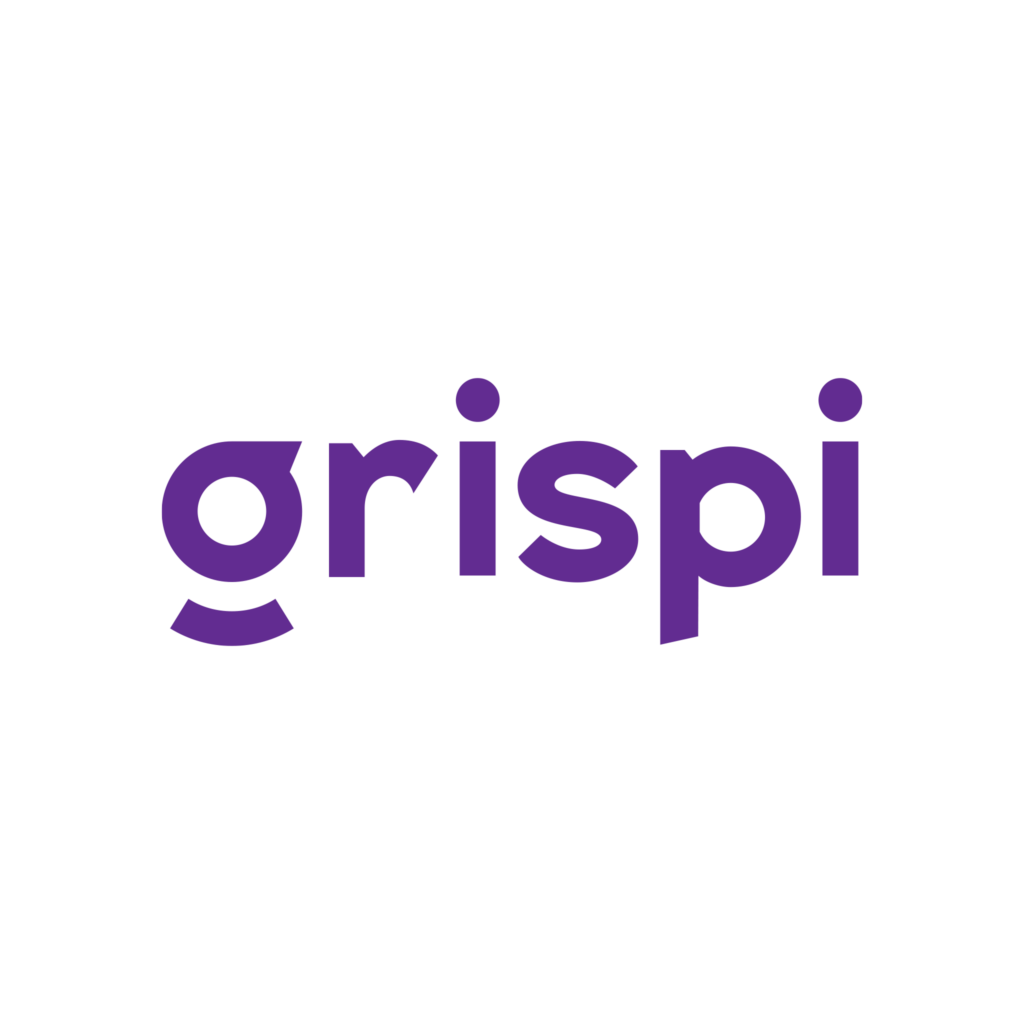How to Map the Customer Journey?
- November 28, 2023
The customer journey refers to the process a customer goes through to discover, purchase, use, and seek support for a product or service. Mapping the customer journey involves creating a strategic overview of all the interactions a customer experiences across these stages, with the aim of understanding and optimizing each touchpoint.
In this article, we’ve compiled the key aspects of customer journey mapping for you.
Customer Journey Stages

The awareness stage is when the customer first becomes aware of the company and its offerings. At this point, the business should clearly demonstrate how its products or services meet the customer’s needs, highlight key benefits, and start building trust.
Your aim at this stage is to introduce your company, capture attention, and guide the customer toward the next step.
- The consideration stage is where customers compare multiple providers and evaluate their options. Here, it is crucial to highlight the unique advantages of your offering.
- The purchase stage is when the customer makes a buying decision. Your goal is to effectively communicate why your solution is the right choice and differentiate it from competitors.
- The retention stage focuses on keeping the customer engaged post-purchase. This involves maintaining regular communication and offering ongoing value through initiatives like onboarding, support, and remarketing.
- The advocacy stage occurs when satisfied customers promote your brand. Their loyalty and positive feedback can help attract new customers and enhance your reputation.

Customer journey analysis helps businesses understand customer behaviours and experiences at each stage. These insights can be used to refine marketing strategies, improve touchpoints, and boost satisfaction. Each customer’s journey is unique and should be personalised accordingly.
Identification of Steps
- Know your customers;
Before launching marketing activities, develop detailed customer profiles. Understand who your customers are, what they’re looking for, and what they expect. A clear customer profile allows for more targeted and effective communication.
- Identify the stages of the customer journey;
Map the journey based on customer goals and expectations. Clearly outline the steps customers go through and ensure your touchpoints guide them seamlessly through the process.
- Deliver a personalised experience;
Tailored experiences increase engagement and loyalty. Personalisation enables you to address specific customer needs more effectively.

- Provide a seamless experience;
Once customer profiles are established, analyse potential friction points in their journey and work to remove them.
- Evaluate experiences to improve customer interactions;
Learn from past customer behaviours and feedback to develop better services and touchpoints that encourage repeat engagement.
- Encourage customer retention;
Retaining existing customers is often more cost-effective than acquiring new ones. Focus on consistent value and relationship-building to maintain loyalty.
Documentation
Documentation refers to providing clear, accessible information—whether in written or digital form—about how to use, maintain, or troubleshoot a product or service. It plays a key role in enhancing the customer experience by empowering users to solve problems independently.
Customer trends and behavioural data can also inform documentation strategies. Analysing this data allows businesses to improve help content, anticipate needs, and increase both satisfaction and operational efficiency.

Understanding your customers—knowing who they are and what they need—enables real communication. Loyal customers are built on the foundation of satisfied ones, and satisfaction requires insight.
Well-crafted documentation, tailored to customer needs and informed by data, contributes to smoother product experiences and greater customer retention.
Analysis and Improvement
Analytics plays a vital role in optimising the customer journey. By using data analysis tools, businesses can understand expectations, address gaps, and create more meaningful interactions.
Observing customer behaviour through analytics allows you to:
Identify challenges at each stage of the journey
Tailor services to customer profiles
Respond to individual needs effectively
Anticipate and prevent drop-off points

The customer journey can present challenges. To resolve these issues and improve service quality, businesses must integrate analytics into every stage of the personalised customer experience.
Ultimately, leveraging data to enhance the customer journey gives your business a competitive edge and strengthens customer loyalty. To succeed in this process, it’s essential to invest in analytics capabilities and apply insights strategically.
Click for a 14-Day Free Trial
Grispi offers advanced reporting tools that support data-driven improvements to the customer journey.
In this article, we’ve summarised the essentials of customer journey mapping. Don’t forget to follow us for more useful content like this.
Contact Us
Fill out the form for detailed information and demo account, let us call you.
